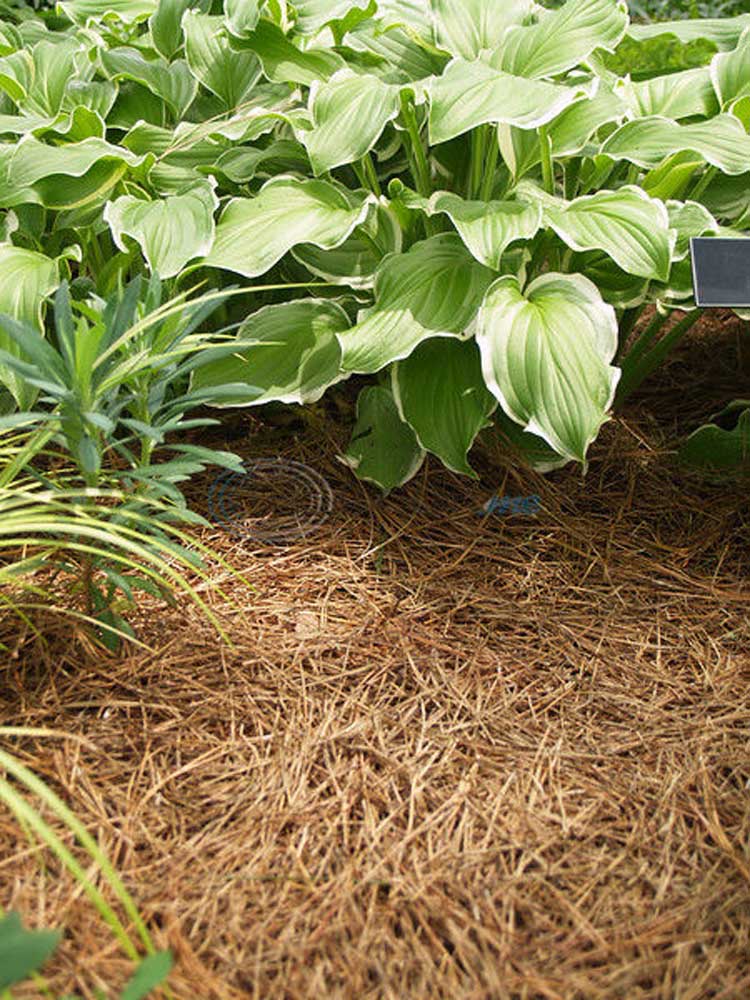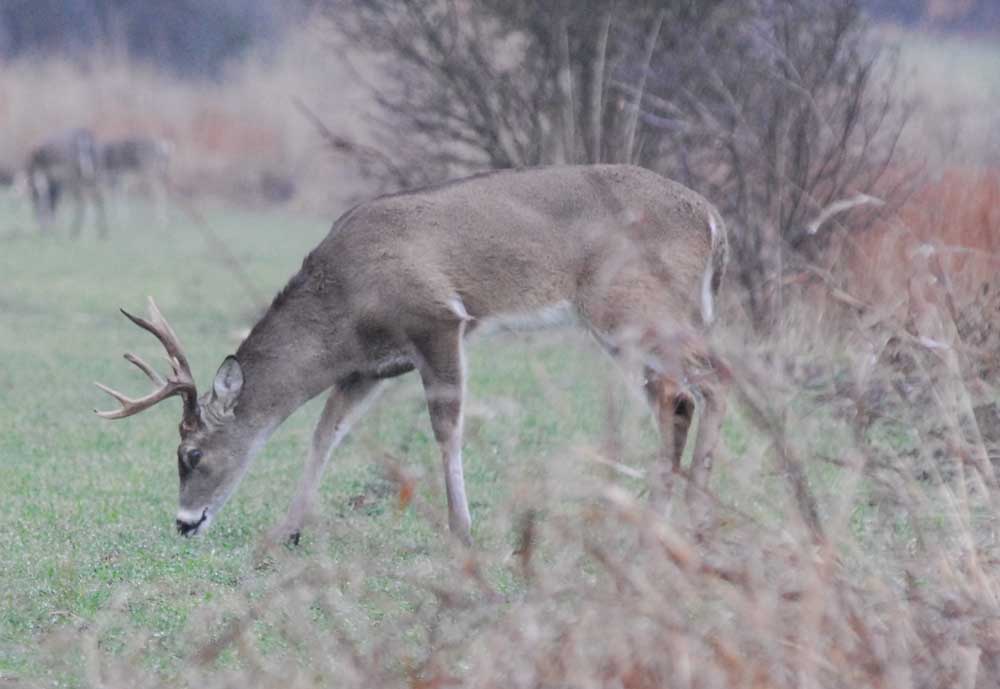Pine needles, leaves can be used for mulch
Published 10:41 pm Wednesday, November 13, 2013

- Courtesy Pine needles and leaves can be used for mulch.
Fall is very aptly named, with the mountains of leaves and pine needles that fall from the sky for weeks on end. With shorter days and colder nights, trees are preparing for winter rest by turning loose of their leaves.
Of course, pine trees are known as “evergreens,” but even pine needles have a limited life span, staying attached to the tree for only a couple of years. Depending on the environmental conditions, annual needle drop may be heavy or light. Sometimes it is quite heavy and concentrated, causing concern about the tree’s health. But if you are observant, you will notice that all the yellowing is on the oldest set of needles on any given shoot. This is normal.
So, depending on what kind of trees you have, you may now have a yard full of leaves and needles (called pine straw). Rather than setting them on the curb to be sent off to the landfill (or burning them), the smart homeowner puts them to use as a mulch in the garden and landscape.
So, what is mulch? It is a layer of organic matter on the surface of the soil that provides many benefits to both plants and gardener.
Mulch retains soil moisture, greatly reducing water loss through evaporation from exposed soil. After this summer’s dry spell, you should be aware of how often you needed to water your garden plants. A layer of organic mulch on top of the soil will greatly reduce the frequency you need to water your garden.
Mulches also reduce the soil’s exposure to wind which, in turn, reduces water loss through evaporation.
The insulating quality of mulch helps to keep the soil cooler in the summer and warmer in the winter. By maintaining more even soil moisture and temperature, mulch promotes better root growth and plant health.
Erosion control also is important, especially on slopes. Mulch helps to reduce rain splash and runoff, which in some cases will also help prevent the spread of plant disease.
Mulch also suppresses the growth of many weeds. A 3- to 4-inch layer of organic mulch should be sufficient to prevent sunlight from reaching the soil, thereby reducing the chance of weed growth. Any weed seedlings that do manage to germinate and break through the layer of mulch are easily pulled. A mix of coarse and fine mulch will help reduce seed germination.
Mulches should never be piled up against the trunks of plants, but rather form a flat “donut” around the base of trees and shrubs so the mulching material is not touching the trunk. Keep mulch a minimum of 3 to 6 inches away from trunks and stems of young trees and shrubs, and 8 to 12 inches away from the trunks of older, more mature trees and shrubs. A volcanic mound of mulch piled against tree trunks is detrimental to the long term health of the tree.
Another benefit of organic mulches is that they enrich the soil as they decay, forming a rich, dark organic material called humus that provides nutrients for plants and improves the texture of the soil.
Last, but not least, mulch has aesthetic value. When added to the garden floor, the uniform quality of most mulches serves much the same aesthetic purpose as tile or carpet in a home.
If you have a traditionally laid out vegetable garden, leaves and pine straw make great all-weather walkways between rows. The mulch cushions your foot traffic, reducing soil compaction. As it decays, it improves the soil. Some folks will mulch most of their leaves this way, and at the end the year, turn the leaves under, and the old pathways will become the new rows the following year.
Mulching with deciduous tree leaves requires just a little preparation beforehand. Leaves with large surface areas, like some oaks, sycamore, redbuds, etc., should be shredded first before using around shrubs, flowers and trees. Large intact leaves can form an impenetrable mat when they become wet and settle. This mat-like effect inhibits water movement, and may reduce air availability to the roots of plants.
Run your mower over a shallow windrow of leaves on your driveway or lawn to quickly chopping them into finer pieces. They can then be used as mulch around garden plants, or as a component for a compost pile.
Keith Hansen is Smith County Horticulturist with the Texas A&M AgriLife Extension Service. His web page is http://EastTexasGardening.tamu.edu. His blog is http://agrilife.org/etg.






